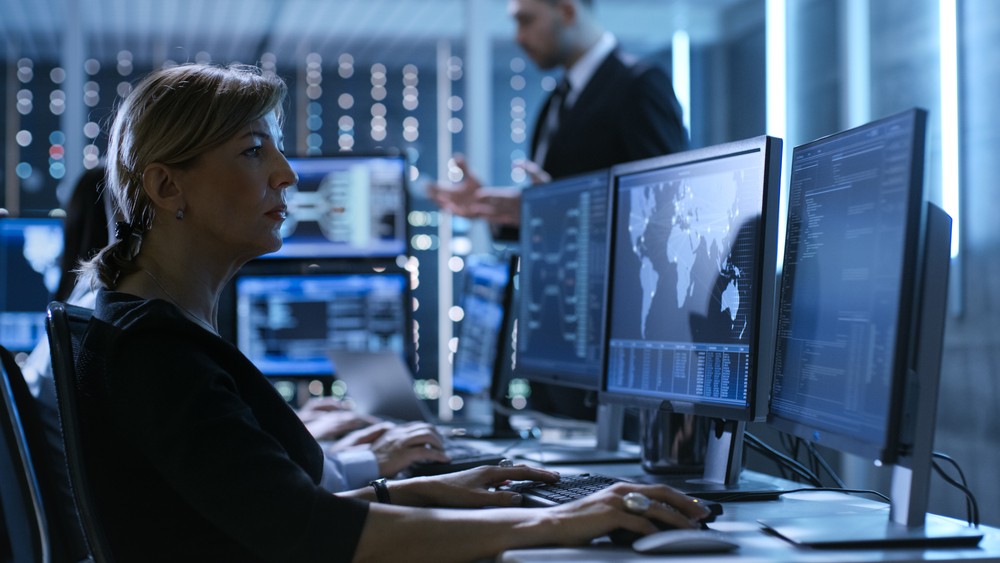It’s fair to say that the last couple of years have been hugely disruptive for businesses everywhere. From COVID-19 to geopolitical unrest, and from rising prices to an energy shortage, we face a series of unprecedented challenges. Here, we’ll look at what all of this means for channel partners and their customers over the coming 12 months and beyond.
1 – Support in uncertain times
The channel has been experiencing supply chain issues since the global health crisis began in 2020, the impact of which is still being felt today. In China, for instance, whenever there’s an outbreak of COVID-19, everything in the area shuts down, leading to delays for some component manufacturers - particularly with regard to the semiconductors and base metals vital to the production of chips.
And this has a knock-on effect. Even the big players are seeing eight- to 10-month delays in delivering products. This can be challenging for channel partners, of course, whose customers are expecting these goods. It means they’re unable to install products and provide the services their customers expect.
On top of this, rising energy prices have added yet another cost to businesses, leading many companies to pause investment. Increasing prices have created lower demand for some products, too, meaning many channel partners will have a high level of stock, which no one is buying.
These supply chain issues are a significant challenge for everyone and, given that the current geopolitical crisis is disrupting supply routes across Europe, they’re likely to continue for the foreseeable future.
One of the effects of these supply chain issues is that it’s becoming harder for channel partners to forecast with any accuracy. Customer projects typically require multiple components. But if one of those components is missing, the whole project must be put on hold. Without knowing when that component is likely to be delivered, it’s difficult to advise the customer on how long it will be before they can expect their project to be completed.
Channel partners look to their vendors for support in times like this. Vendors should provide partners the support they need (through solutions, configurations, training etc.) while also allowing them to focus more of their time on supporting the needs of their own customers in these uncertain times.
2 – Digital transformation through remote monitoring
Digital transformation is vital to all aspects of business today. Take sustainability, for example. As environmental concerns continue to grow, most organisations want to cut down on travel, to reduce their carbon footprint. Indeed, Eaton has already taken steps in this direction with regard to the provision of backup power, aiming to manage devices from our service centres rather than travelling to sites. To this end, we provide software solutions which enable customers to remotely manage and monitor their assets – how many UPSs they have, how old they are, the quality of their batteries. Using predictive maintenance, we can understand when a UPS will reach the end of its lifetime.
Our remote monitoring solution will also help customers cope with the growing risk of power outages caused by the energy crisis. Effectively, it’s a simple way of alerting an organisation when an issue is about to occur, enabling them to manage their power generation and storage systems to avoid any potential downtime.
Despite its benefits, however, remote monitoring also represents a new cybersecurity threat. The more connected an organisation is, the greater the opportunity for hackers to access its network. That’s why we invest heavily in cybersecurity services, to support our partners and their customers.
3 – Opportunities in sustainability
Sustainability will be an increasingly important focus in the years ahead. To meet their ESG goals, many companies, including Eaton, will have targets in place to reduce their carbon footprint. There’s growing investment in renewable energy sources, too, for more sustainable, accessible and cost-effective power – especially in light of rising energy prices. Fortunately, there is already a wealth of government support and funds available to encourage sustainability initiatives, and we can expect to see a growing number of regulations being introduced to further help companies with these.
All of this represents significant opportunities for channel partners. UPS, energy storage, assets such as solar panels and EV chargers will have to be managed by IT. By understanding this area of the business, partners can play an important role in supporting their customers’ sustainability efforts, providing them with the expert guidance and products such as long-life lithium-ion UPS, storage systems, and remote management services needed to better enable this.
We live in challenging times. While some issues look as though they’re likely to remain for some time, it’s possible that, by working , vendors like Eaton, their channel partners, and their customers can ride the storm and make the most of whatever uncertainty the future holds.




